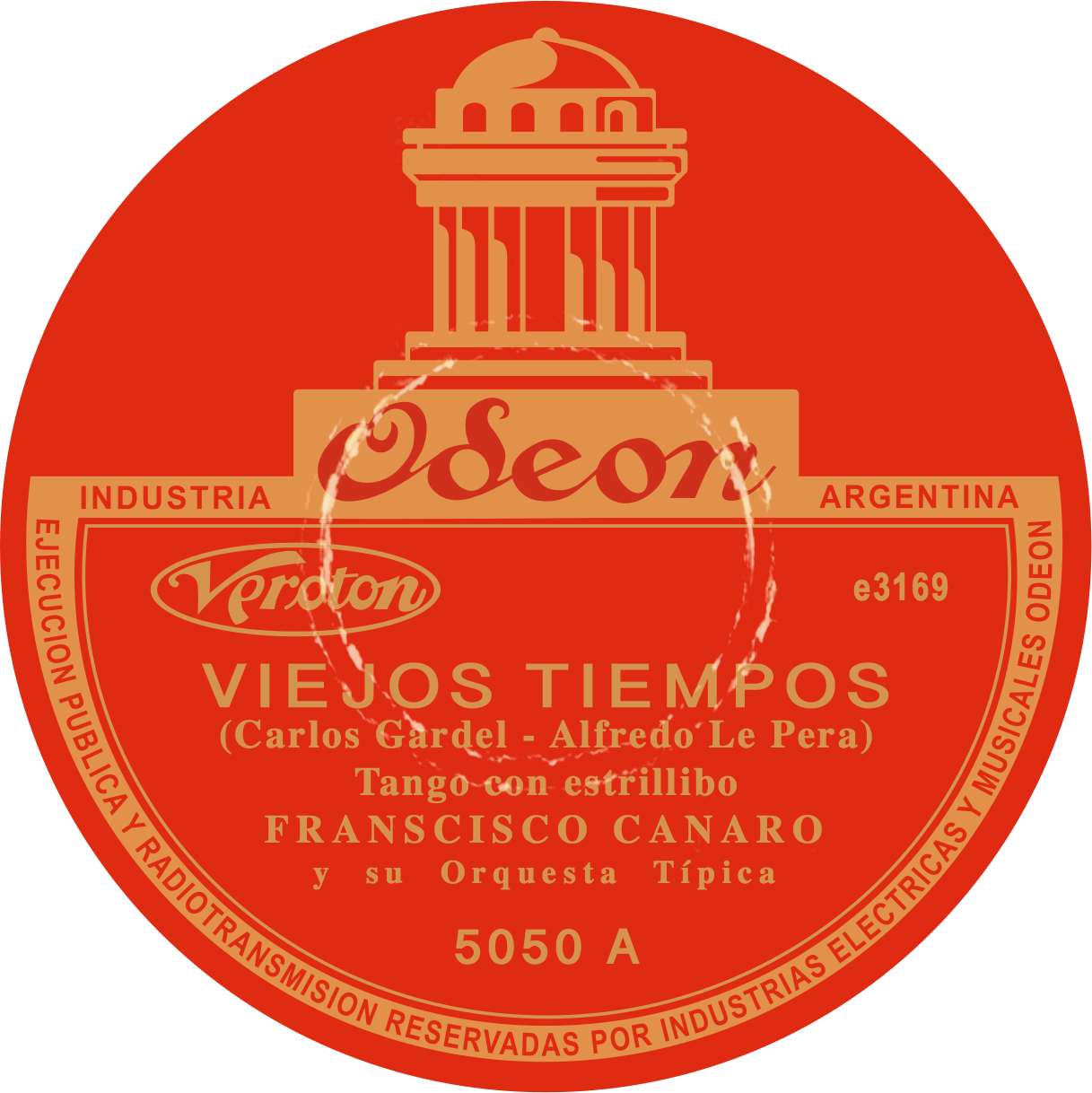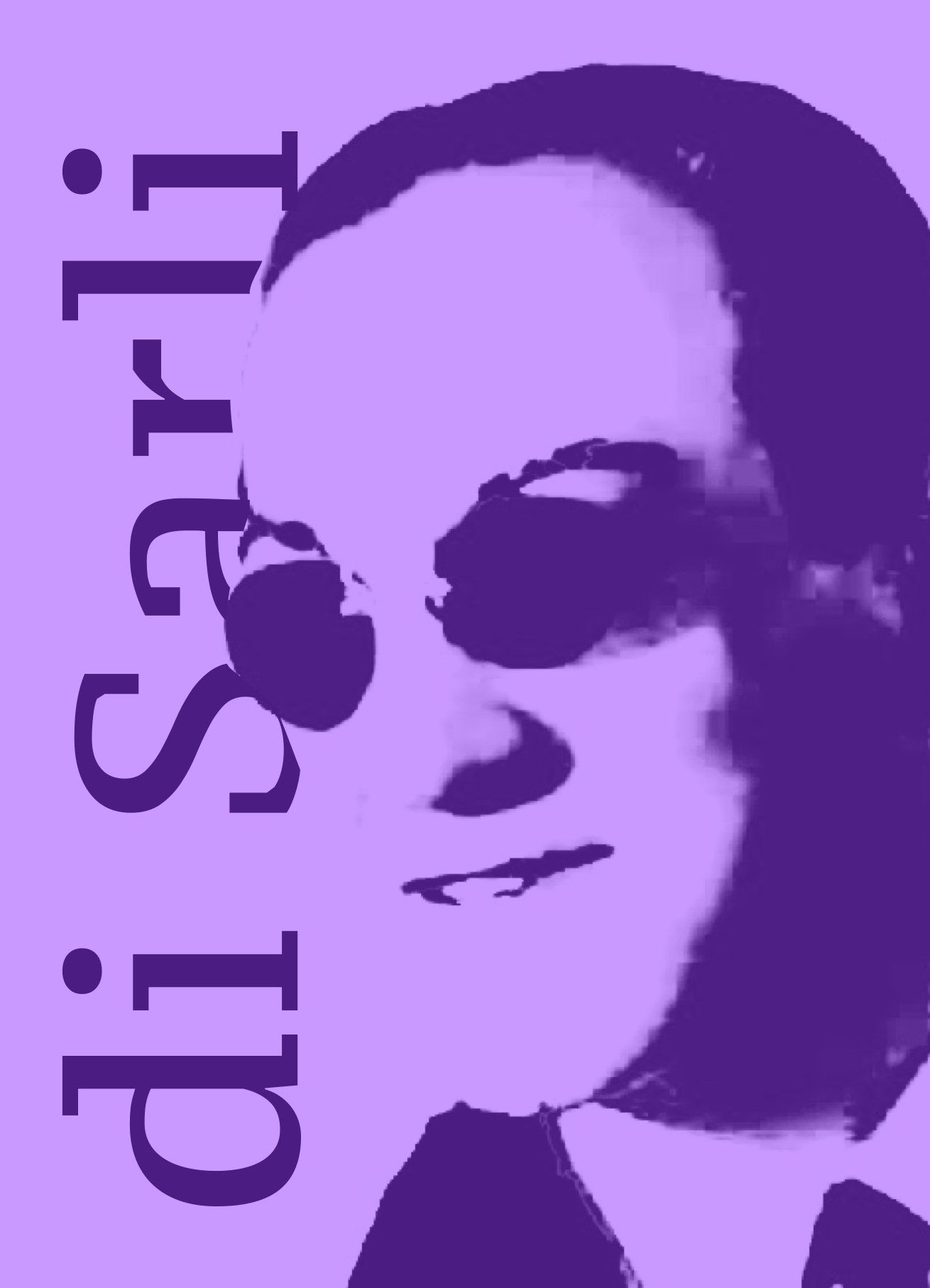It's all about the music

Prelude: A musical life before tango
Steve Morrall started to study music when he was 7 years old. When he asked his parents for a piano, they assumed it was the passing whim of a young boy, so they told him he could have a piano if he passed a music theory exam. Steve attended evening classes where the other students were twice his age and size. He passed a grade one theory of music exam a year later.
Several instruments, many exams, performances, compositions (see below) and more than three decades later, he heard Argentine tango for the first time.
It was Osvaldo Pugliese's "A Evaristo Carriego". The marvellous genre of Argentine tango music has been fascinating him ever since. The music of Pugliese often features in his musicality classes at Bramshaw and around Europe. The "Story of A Evaristo Carriego", shown below, is a visual aid from one of these classes.
Discovering the story-line in music
Steve encourages dancers to move more expressively by encouraging them to imagine and describe a musical story with their movement. "We need to be interpreters and dreamers as we move".
This video was produced to illustrate the imagined story that Osvaldo Pugliese's music suggested to him. When it has been played to audiences over the last few years, the room has erupted into spontaneous applause. I hope it inspires you to find musical story-lines as you dance.
Original compositions by Steve Morrall
As a composer of music, Steve writes and performs as a musical story-teller, crafting ways that the music conjures up emotions and meaning, time and place, suspense and resolution.
His ongoing musical project "The Song of Your Name" makes spontaneous, improvised music from notes derived from the letters of someone's name. This abstract process allows him to listen for a story line that the arbitrary music notes suggest to him and then try to musically finish the story that the notes started. There are some examples in his SoundCloud list alongside.
Immerse yourself in 4 hours of tango music
Spotify is a free
music listening service (with an adverts every 30 minutes) or ad free if you choose to subscribe. It has a huge library of tango music making this remarkable genre accessible to anyone with a computer running the Spotify program. Just over ten years ago, access to this kind of tango music resource was limited to wealthy collectors with access to Argentine vinyl records.

The soundtrack of a milonga
This Spotify playlist has been organised in tandas of three tracks separated by a cortina (see track 4). A tanda is a group of tracks of a similar nature from the same orchestra. This allows dancers to choose orchestra styles to dance to based on the first track of the tanda and remain on the dance floor for the rest of the tanda.
A cortina (literally 'a curtain') separates the tandas, giving dancers time to return to their seats and creating a natural pause between tandas of different energies and styles.
Tandas of three tracks (see tracks 1 - 3) play for around 10 minutes. This style facilitates a faster change of partners if there are more women than men. The dancers-in-waiting feel more included in the social dancing and the energy of the milonga is kept buoyant. If a milonga is attended by equal numbers of men and women, four track tandas are more appropriate.



At Tango UK you will be working with a lifelong music and creative designer who continually develops ideas and styles of presentation and interactive learning to make the music of the golden age of tango come to life. Good dancing requires a good understanding of the music. With this understanding dancers can relax and start to make their movement gestured and full of expression. Here is an extract from a dance class on Angel D'Agostino:
If you are interested in the genealogy of tango music, here is an image of tango orchestras you can zoom into and pan showing the musicians in major orchestras and how the orchestral ensembles change over the years.



